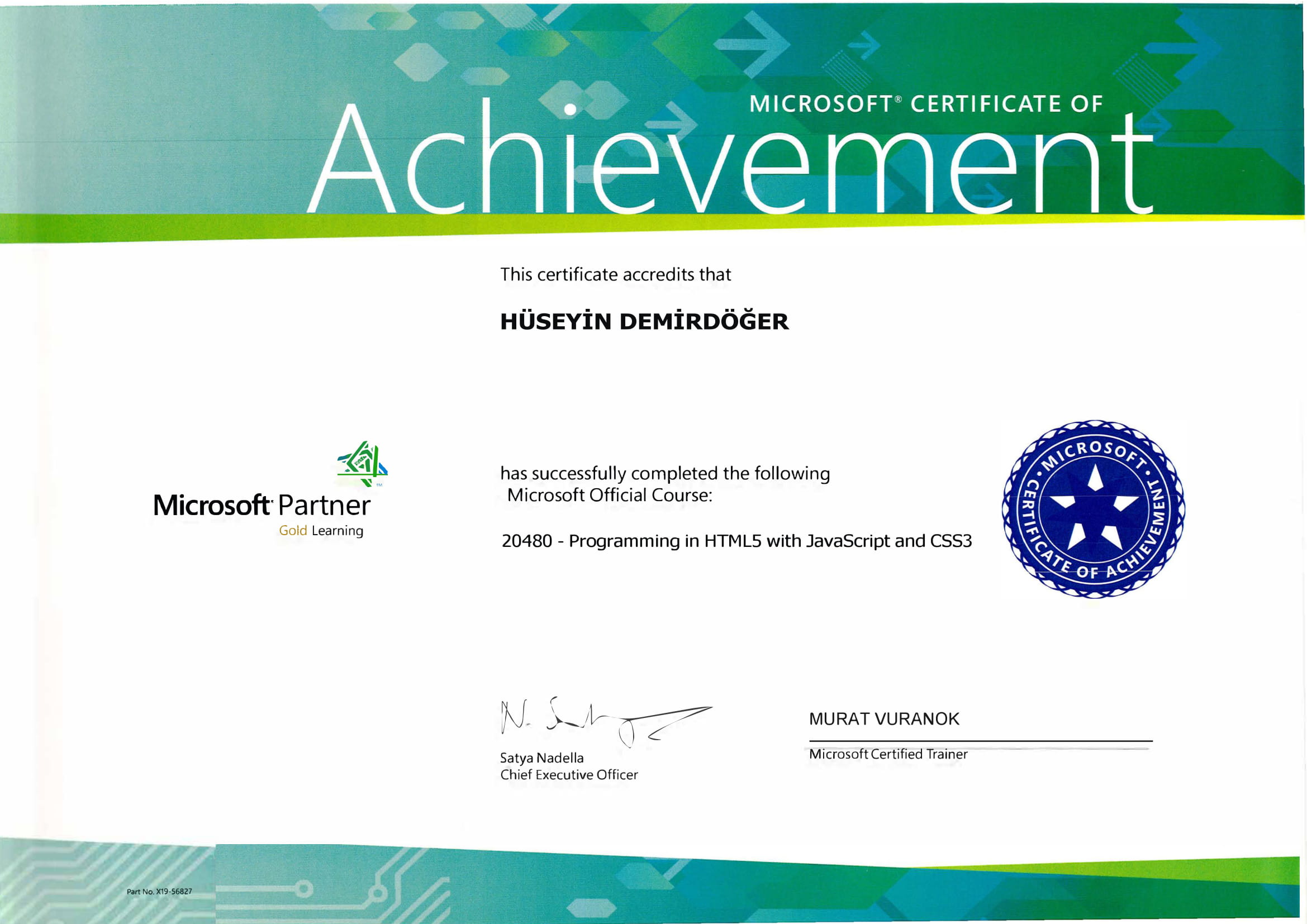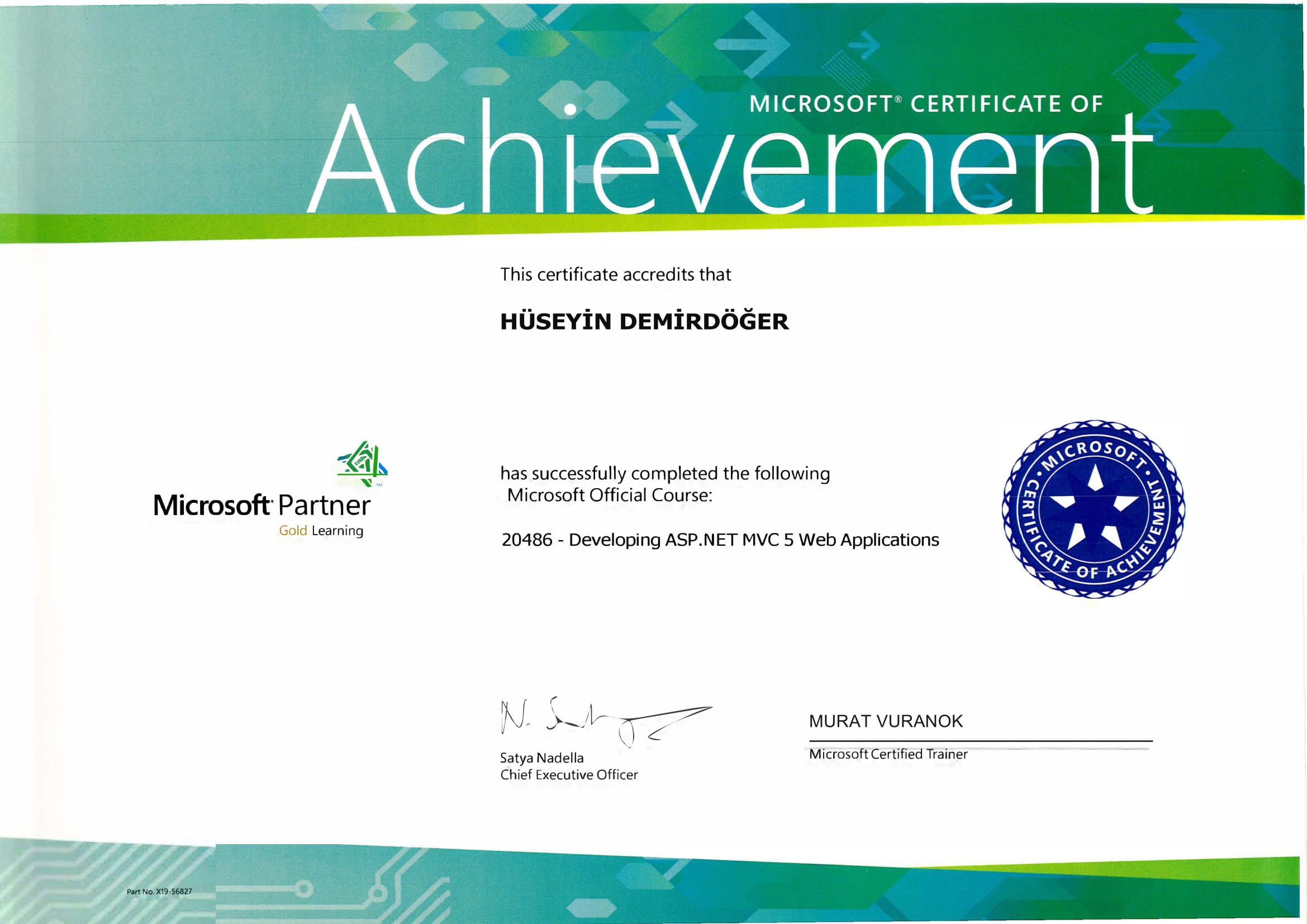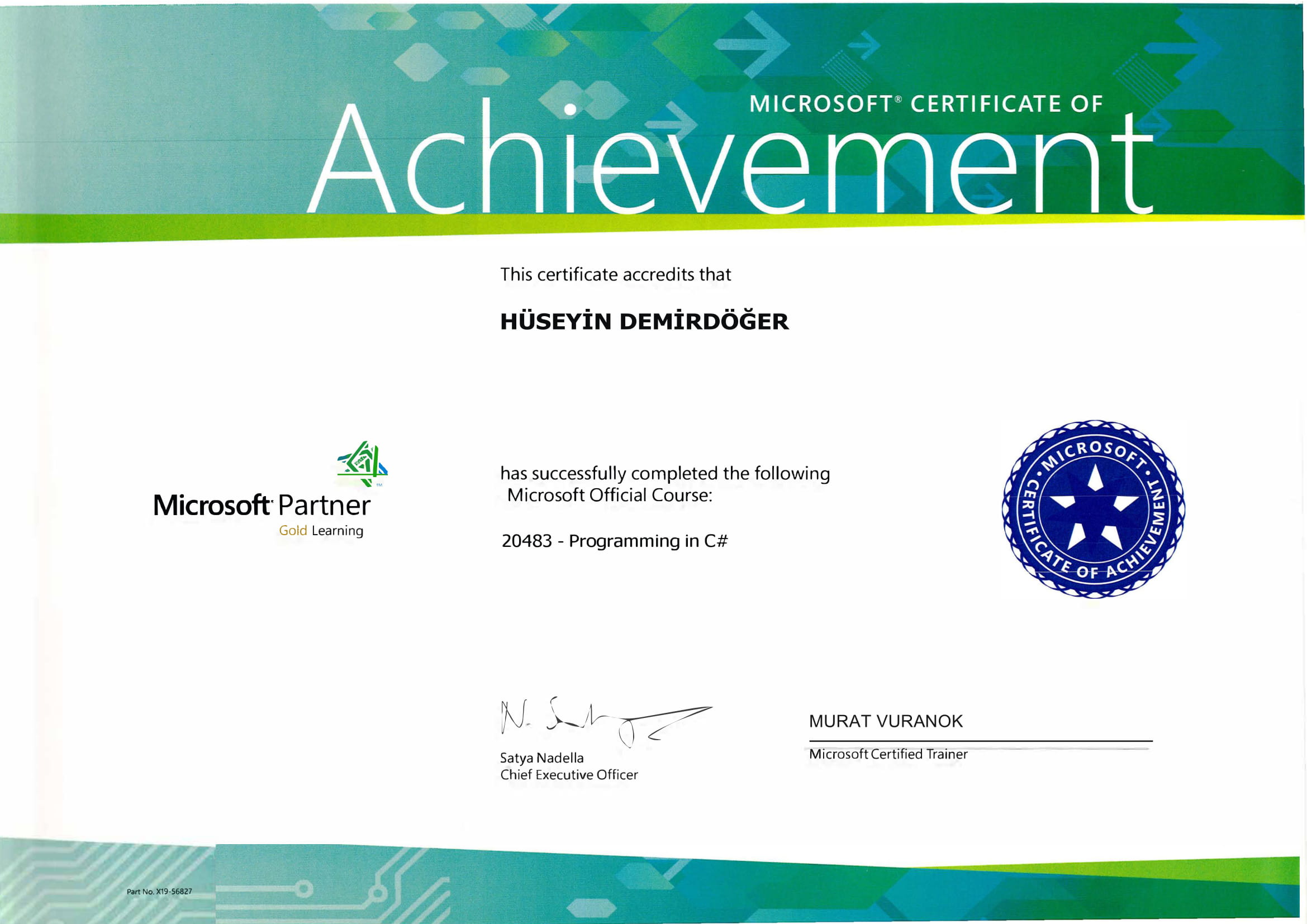If you've ever encountered the frustrating Windows error code 0x80070003, you're not alone. This error can be particularly pesky when it comes to Windows update failures or file corruption issues. It's often accompanied by a feeling of helplessness as your system refuses to update smoothly. This guide will explore effective solutions to tackle this error, restoring your system functionality with some tried and tested methods.
Understanding Error Code 0x80070003
Windows error code 0x80070003 typically signals that some files that are required by Windows Update are either missing or have become corrupted. This can lead to updates not installing, leaving your system potentially vulnerable or lacking new features. It might even affect system restore operations, causing further headaches if you rely on restoring system settings as part of maintaining stability.
Before diving into the solutions, it’s worth noting that similar issues can arise in other error codes too, such as Windows error code 0x8007007b, which deals with activation issues and product key errors source.
Step-by-Step Solutions
1. Run Windows Update Troubleshooter
Windows provides a built-in tool to tackle update errors. To use the troubleshooter:
- Go to Settings > Update & Security > Troubleshoot.
- Select Windows Update and choose Run the troubleshooter.
- Follow the on-screen instructions and apply any fixes that are suggested.
Sometimes, just a quick run of the troubleshooter can identify and rectify simple issues, making it a good first step.
2. Clear the SoftwareDistribution Folder
Manually clearing the content of the SoftwareDistribution folder is often a reliable fix:
- Open Command Prompt as an administrator.
- Stop the Windows Update service by entering:
net stop wuauserv - Navigate to
C:\Windows\SoftwareDistributionand delete all the files within the folder. - Restart the Windows Update service with:
net start wuauserv
Deleting files in this folder won’t harm your system and will force Windows Update to create a new folder and files.
3. Check System File Integrity
Corrupt system files can be another source of issues. To fix this, use:
- System File Checker (SFC):
sfc /scannow - Deployment Imaging Service and Management Tool (DISM):
DISM /Online /Cleanup-Image /RestoreHealth
These commands will scan and repair any found corruptions in the system files.
4. Alternative Solutions
If the problem persists, exploring solutions for closely related errors might help. The Windows error code 0x80070490, often linked with update failures too, suggests similar remedial steps source.
Additional Considerations
In some unique cases, checking for network connection problems can also be beneficial, as connectivity might impact update processes. You can explore more about connectivity problems and their solutions in related articles like 0x80070035.
Conclusion
I hope these steps guide you smoothly towards resolving the error code 0x80070003. Having faced similar frustrations, these solutions emerged as effective paths to recovery. It's always a good idea to keep your system updated and running smoothly. By following these steps, your system can return to its optimal operation, freeing you from error concerns. Remember, your feedback and experiences also contribute greatly to expanding understanding, so what do you think? Have you ever managed to solve a similar issue using a different method?


















